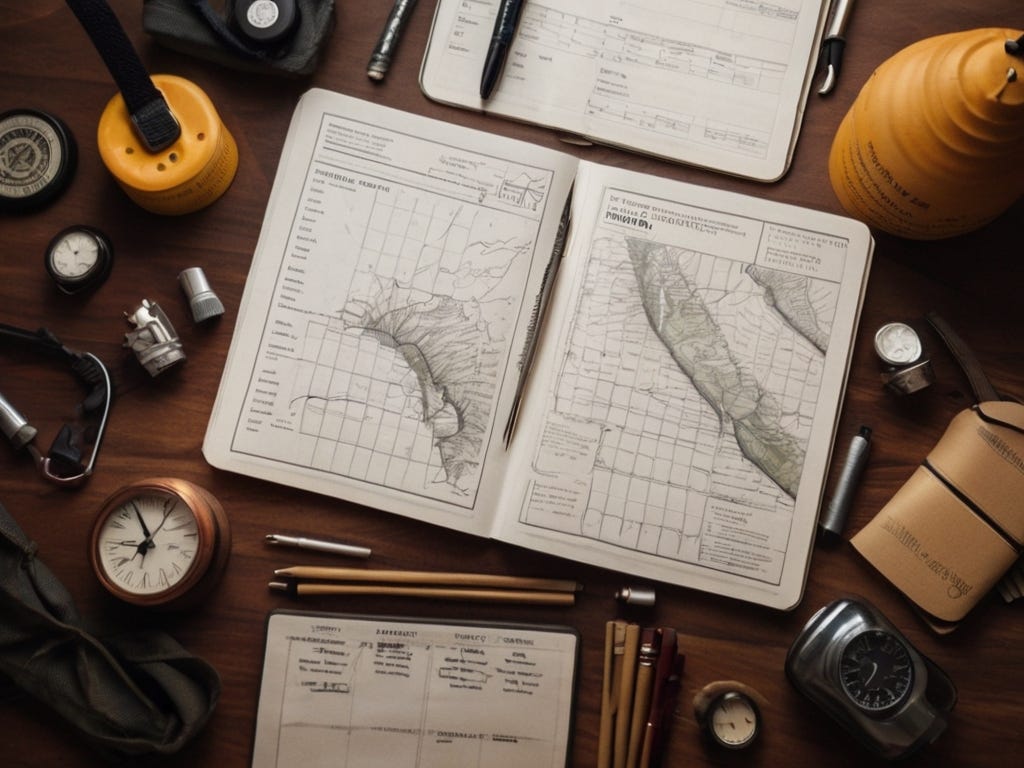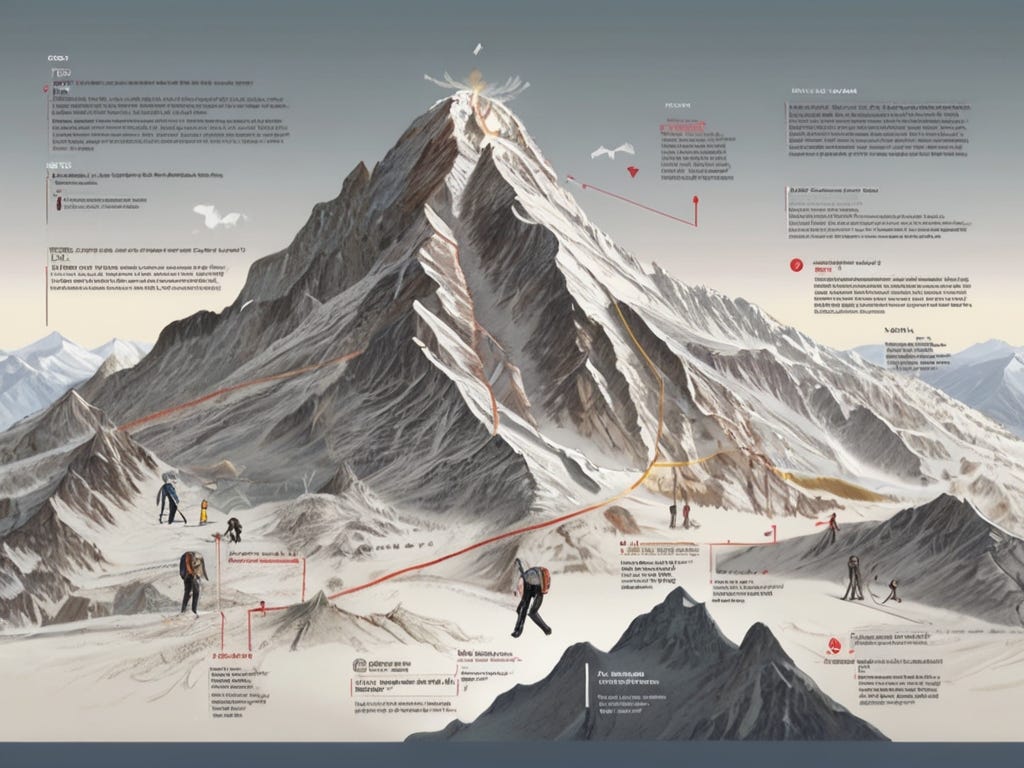Conquering the Peaks: A Step-by-Step Guide to Crafting an Impressive Mountaineering Itinerary
Unlock the secrets of crafting an awe-inspiring mountaineering itinerary and conquer the peaks like a seasoned adventurer.
Mountaineering is a thrilling adventure that allows us to push our limits, challenge ourselves, and witness breathtaking views from the top of the world. But in order to embark on such a demanding journey, meticulous planning is absolutely crucial. One key aspect of planning a mountaineering expedition is creating a detailed itinerary that outlines your route, campsites, and daily schedule. In this curated guide, we will walk you through the process of crafting a comprehensive itinerary that will ensure a safe and successful climb.
Preparing for the Expedition
Your mountaineering journey begins long before you step foot on the mountain. It starts with careful research and selection of the right mountain for your skill level and experience. Consider factors such as difficulty rating, the technical skills required, and the altitude. Additionally, make sure to gather all the necessary information on weather conditions, permits, and regulations to ensure a smooth journey.
Once you've chosen your mountain, determining the duration of your expedition is the next crucial step. Take into account the difficulty of the climb, the need for acclimatization, and the importance of having rest days. It is essential to create a realistic schedule that allows you to adapt to the challenges of the mountain while also keeping in mind potential contingencies and delays.
No mountaineering journey is complete without a reliable team. Carefully assess the skills, experience, and fitness levels of potential team members. Assign roles based on individual strengths, such as navigation, gear management, and first aid. A well-balanced team is more likely to handle unexpected challenges and increase the chances of success.
Mapping Out the Itinerary
Now that you have gathered the necessary information and formed a strong team, it's time to delve into the details of your itinerary.
Start by identifying key landmarks and campsites along your route. Mark significant milestones, including base camps, high camps, and summits. Understanding the importance of each campsite is crucial for successful acclimatization and strategic rest points throughout your expedition.
Next, structure your daily schedule. Consider realistic distances and elevation gains for each day, keeping in mind the skill level and endurance of your team. Gradual acclimatization and rest days should be accounted for to allow your bodies to adjust to the high altitudes safely.
While creating the itinerary, it's vital to have contingency plans in place. Incorporate alternative routes or campsites in case of unforeseen circumstances such as extreme weather conditions or sudden health issues. By having backup options, you'll be better prepared to adapt to changing situations and ensure the safety of your team.
Time Management and Logistics
Efficient time management and detailed logistics planning are fundamental to the success of your mountaineering expedition.
Create a timeline for all logistical arrangements, including international travel, transportation of equipment, and any necessary shipments. Coordinate with local guides, porters, and support staff to ensure everything is in order before embarking on your journey.
Allocating ample time for thorough preparation is essential. Pack and organize your gear meticulously, paying attention to the smallest details. Stock up on nutrition and medication, making sure to carry extra supplies. Additionally, devote time to physically and mentally prepare yourself for the expedition's challenges through appropriate training exercises and mental conditioning.
As safety should always be a top priority, schedule medical check-ups and ensure you have all emergency contact information readily accessible. Include acclimatization hikes in your itinerary, allowing your team to adjust and familiarize themselves with the environment before taking on the summit.
Implementation and Adaptation on the Mountain
Once you set foot on the mountain, it's time to put your meticulously crafted itinerary into action. However, it's important to remember that flexibility is key.
Regularly evaluate and adjust your itinerary based on weather conditions, team performance, and physical limitations. Keep a keen eye on the weather forecast and be prepared to modify your route or schedule accordingly. Remember, your safety and the safety of your team should always take precedence over any pre-determined plans.
Be flexible in responding to unexpected obstacles. Altitude sickness, equipment failure, or route changes are just a few challenges you may encounter along the way. Maintain effective communication within your team and with support teams to ensure quick and efficient problem-solving.
While it's important to stay focused on your goals, it's equally important to recognize when to adjust your expectations. Pay attention to signs of fatigue, illness, or dangerous conditions. Adapt your itinerary to prioritize well-being and make objective decisions that will lead to a successful and safe expedition.
Conclusion
Crafting a detailed itinerary is a fundamental part of planning a mountaineering expedition. Through thorough research, careful planning, and open-mindedness, you can create an itinerary that sets you up for success while ensuring your safety every step of the way.
Remember, mountaineering is not just about reaching the summit, but also about embracing the journey, respecting the mountains, and making unforgettable memories that will last a lifetime. So, equip yourself with the knowledge and skills needed, put your plan into action, and conquer the peaks with confidence and determination. Safe travels!








